You might underestimate the importance of flexibility in your fitness routine, but it plays a vital role in enhancing overall performance and preventing injuries. By incorporating a few simple techniques, like dynamic stretching and foam rolling, you can greatly improve your range of motion and muscle recovery. Even dedicating just a few minutes each day can yield remarkable results. But what specific strategies should you implement to achieve these benefits? Let's explore some effective methods that can seamlessly fit into your daily habits.
Importance of Flexibility
Flexibility plays an important role in your overall well-being and physical performance. It's not just about being limber; flexibility impacts your daily activities, exercise routines, and even your posture. When you're flexible, you can move more freely, which helps reduce the risk of injuries during workouts or everyday movements. You'll find that simple tasks, like bending down to tie your shoes or reaching for something on a high shelf, become easier and more comfortable.
Moreover, flexibility contributes to better muscle coordination and balance. When your muscles and joints can move through their full range of motion, you enhance your body's ability to perform and react efficiently. This improved coordination can lead to better athletic performance, whether you're running, swimming, or participating in team sports.
In addition, maintaining flexibility can promote better posture. Tight muscles can pull your body out of alignment, leading to discomfort or chronic pain. By focusing on flexibility, you can help alleviate tension and encourage a healthier spinal alignment, which is crucial for overall health.
Lastly, flexibility can also play a role in your mental well-being. Engaging in activities that promote flexibility often involves mindful movement, which can reduce stress and improve your mood. As you become more aware of your body and its capabilities, you'll likely feel a greater sense of control and confidence in your physical abilities.
Prioritizing flexibility is important for both physical and mental health.
Stretching Techniques
When it comes to improving your flexibility, understanding different stretching techniques is key.
You'll find that dynamic stretching can warm up your muscles effectively, while static stretching helps lengthen them post-workout.
Don't forget about foam rolling—it's a great way to release tension and enhance overall mobility.
Dynamic Stretching Benefits
Dynamic stretching offers numerous benefits that can considerably enhance your performance and reduce the risk of injury. By incorporating dynamic stretches into your warm-up routine, you prepare your muscles and joints for the physical demands ahead. This type of stretching involves movement, which increases your heart rate, boosts blood flow, and enhances your overall flexibility.
When you engage in dynamic stretching, you're not just loosening up; you're also improving your range of motion. This increased flexibility can lead to better athletic performance, allowing you to execute movements with greater efficiency and power. As you activate your muscles through controlled movements, you also promote better coordination and balance, essential skills for any physical activity.
Additionally, dynamic stretching helps to activate your core, which plays an important role in stabilizing your body during exercise. This activation can lead to improved posture and alignment, further reducing the chances of injury.
Static Stretching Methods
After you've warmed up with dynamic stretches, it's time to focus on static stretching methods to enhance your flexibility further. Static stretching involves holding a muscle in a lengthened position for a period, usually between 15 to 60 seconds. This approach helps to elongate the muscle fibers, improving your overall range of motion.
Start with major muscle groups, like your hamstrings, quadriceps, and shoulders. For example, to stretch your hamstrings, sit on the floor with one leg extended and the other bent. Reach towards your toes of the extended leg, holding the position without bouncing. Remember to breathe deeply and relax into the stretch.
Incorporate stretches for your hip flexors and back as well. A common hip flexor stretch involves kneeling on one knee and pushing your hips forward gently. For your back, try the seated forward bend, where you sit with legs extended and reach for your feet.
Static stretching is best done after your workout when your muscles are warm. By consistently practicing these techniques, you'll notice improvements in your flexibility and overall performance.
Don't rush; hold each stretch, and listen to your body to avoid injury.
Foam Rolling Techniques
Foam rolling is an effective technique for enhancing flexibility and relieving muscle tension. By using a foam roller, you can target specific muscle groups, breaking up knots and improving blood flow.
Start by positioning the foam roller under the area you want to focus on, whether it's your calves, thighs, or back. Roll slowly back and forth, pausing on any tight spots for about 30 seconds. This pressure helps release muscle tightness and promotes recovery.
For your calves, place the roller under your lower legs and use your hands to lift your body weight. If your hamstrings need attention, sit on the roller and roll forward to your knees.
When working on your back, lie down with the roller placed under your upper back. Gently roll down to your lower back, avoiding direct pressure on your spine.
Remember to breathe deeply throughout the process to help release tension. Incorporate foam rolling into your routine after workouts or on rest days for the best results.
Consistency is key; the more you do it, the more flexible and relaxed you'll feel. Give foam rolling a try and experience the benefits firsthand!
Dynamic Warm-Ups
A solid dynamic warm-up can greatly improve your flexibility and performance during workouts. Unlike static stretching, dynamic warm-ups involve moving parts of your body through a full range of motion, which helps to increase blood flow to your muscles, enhance joint mobility, and prepare you mentally for the workout ahead.
Start by incorporating exercises that mimic the movements you'll perform during your workout. For example, if you're planning to run, include leg swings, high knees, and butt kicks. These movements activate your muscles and improve your range of motion in a functional way. Aim for about 5 to 10 minutes of dynamic stretching to guarantee your body is warmed up and ready.
Focus on major muscle groups—like your hips, legs, and shoulders—while also including core exercises to stabilize your body. Think about movements such as walking lunges, arm circles, and torso twists. These not only enhance flexibility but also engage your core and improve overall stability.
As you perform these exercises, pay attention to your breathing. Inhale deeply and exhale as you move, which can help increase oxygen flow and further prepare your muscles for action. Remember, the goal is to gradually raise your heart rate while also loosening your muscles.
Incorporating dynamic warm-ups into your routine is a simple yet effective way to enhance your flexibility and optimize your workouts, setting the tone for a successful training session.
Yoga for Flexibility
Integrating yoga into your routine can further enhance your flexibility while offering a calming influence on both body and mind. Practicing yoga regularly not only stretches your muscles but also improves your overall range of motion. By focusing on breath and movement, you'll find that you can ease tension and release tight areas in your body.
Start with simple poses like Downward Facing Dog and Forward Fold. These stretches target the hamstrings, calves, and back, promoting elasticity and reducing stiffness. As you progress, incorporate poses such as Pigeon Pose and Butterfly Pose, which help open up the hips. The key is to listen to your body and hold each pose for a duration that feels comfortable yet challenging.
Don't rush through your practice. Yoga is about connecting your breath with movement, so take your time with each shift. Consider attending a class or following an online session to verify your alignment is correct. This guidance can be essential for preventing injuries and maximizing the benefits of each pose.
Remember to incorporate restorative poses like Child's Pose and Legs-Up-The-Wall after a more intense session. These positions allow your body to relax and recover, helping you maintain flexibility over time.
With consistent practice, you'll notice not just improvements in your flexibility but also a greater sense of mindfulness and relaxation in your daily life. By committing to yoga, you're investing in both your physical and mental well-being.
Foam Rolling Benefits
Many people find that foam rolling offers a simple yet effective way to enhance flexibility and relieve muscle tension. This self-myofascial release technique helps break up knots in your muscles, improving blood flow and promoting faster recovery. When you use a foam roller, you apply pressure to specific areas, which can lead to a significant reduction in soreness and discomfort.
As you roll over tight muscles, you're basically massaging them, which helps to release built-up tension. This not only makes your muscles feel better but can also increase your range of motion. Improved flexibility can help you perform daily activities with greater ease and may even enhance your performance in sports and exercise.
Foam rolling is particularly beneficial before and after your workouts. When you roll before exercising, it can warm up your muscles, making them more pliable and ready for action. After your workout, it helps in flushing out toxins and decreasing muscle tightness, speeding up your recovery time.
You don't need to spend hours foam rolling; just a few minutes on each muscle group can be effective. Focus on areas that feel tight or sore, and remember to breathe deeply to help your muscles relax.
The more consistently you incorporate foam rolling into your routine, the more you'll notice improvements in your flexibility and overall well-being. So grab that foam roller and start reaping the benefits today!
Incorporating Resistance Training
Incorporating resistance training into your routine can greatly boost your flexibility and overall strength.
You'll discover that effective resistance exercises not only enhance your muscle tone but also support your flexibility goals.
Let's explore the key benefits and some of the best exercises to get you started.
Benefits of Resistance Training
Resistance training offers numerous benefits that can markedly enhance your overall fitness and health. First and foremost, it helps build and maintain muscle mass, which is essential as you age. Increased muscle strength not only improves your physical performance but also makes daily tasks easier and reduces the risk of injuries.
Additionally, resistance training can boost your metabolism. By increasing muscle mass, your body burns more calories even at rest, aiding weight management. You'll find it easier to achieve your fitness goals when you incorporate this type of training into your routine.
Moreover, resistance training has positive effects on bone density. Regularly challenging your muscles enhances bone strength, lowering the risk of osteoporosis later in life.
You also can't overlook the mental health benefits. Engaging in resistance training can reduce symptoms of anxiety and depression, while boosting your overall mood. It encourages discipline and resilience, which can translate to other areas of your life.
Incorporating resistance training into your fitness regimen not only enhances your physical capabilities but also supports your mental well-being, making it an important component of a balanced approach to health.
Effective Resistance Exercises
When looking to maximize your strength training routine, effective resistance exercises are essential. These exercises not only build strength but also improve your flexibility and overall fitness.
To get started, consider incorporating these three essential resistance exercises into your routine:
- Squats: Squats are fantastic for building lower body strength. They target your quads, hamstrings, and glutes while also engaging your core. You can perform them with just your body weight or add resistance using dumbbells or a barbell.
- Push-Ups: This classic exercise works your chest, shoulders, and triceps. You can modify push-ups to suit your fitness level, whether you perform them on your knees, against a wall, or in a full plank position.
- Rows: Resistance band or dumbbell rows effectively target your back and biceps. By pulling the weight towards your torso, you enhance upper body strength and improve posture.
Incorporating these exercises into your routine can greatly enhance your flexibility and strength.
Remember to focus on proper form and gradually increase resistance to see the best results. Stay consistent, and you'll notice improvements in no time!
Daily Habits for Improvement
Your daily habits can greatly influence your flexibility journey. Incorporating specific practices into your routine can create a solid foundation for improvement. Start by setting aside dedicated time for stretching each day. Even just 10-15 minutes can make a significant difference. You don't need to do complex poses; simple stretches focusing on major muscle groups can enhance your overall flexibility.
Next, make sure to stay hydrated. Drinking enough water throughout the day supports muscle function and helps prevent tightness. Consider keeping a water bottle nearby as a reminder to sip regularly.
Also, pay attention to your nutrition. A balanced diet rich in vitamins and minerals plays a vital role in muscle recovery and flexibility. Incorporate foods high in antioxidants and omega-3 fatty acids to reduce inflammation and promote muscle health.
Incorporating movement into your daily life is another effective habit. Instead of sitting for prolonged periods, take short breaks to stretch or walk around. This practice keeps your muscles engaged and prevents stiffness.
Additionally, consider trying activities that naturally promote flexibility, such as yoga or Pilates. These classes not only improve your flexibility but also build strength and balance.
Lastly, keep a positive mindset. Celebrate your progress, no matter how small, and stay motivated. Remember, flexibility improvement takes time and consistency, so be patient with yourself.
Listening to Your Body
Listening to your body is essential for enhancing flexibility and preventing injury. Your body communicates its needs and limits, and tuning into these signals can greatly improve your flexibility journey.
Here are three key ways to effectively listen to your body:
- Pay Attention to Pain: If you feel sharp or persistent pain during stretches or exercises, stop immediately. Pain is a clear signal that something isn't right. Understand the difference between discomfort from stretching and actual pain, and respect your body's warnings.
- Observe Your Range of Motion: Take note of how far you can stretch without strain. If you notice that one side is tighter than the other, focus on balancing your flexibility. It's vital to address these imbalances to prevent injuries.
- Monitor Your Energy Levels: Your energy levels can impact your flexibility routine. If you're feeling fatigued or sore, consider modifying your sessions.
Rest days are just as important as active days, as they allow your muscles to recover and adapt.
Conclusion
Incorporating these simple techniques into your routine can make a significant difference in your flexibility and overall performance. Remember to blend dynamic stretching, yoga, and foam rolling for best results. Make it a habit to dedicate just 10-15 minutes each day to these practices, and don't forget to listen to your body. With consistency and care, you'll notice improvements in your range of motion and muscle recovery, setting you on the path to a more flexible you.



